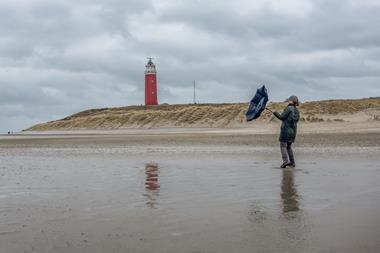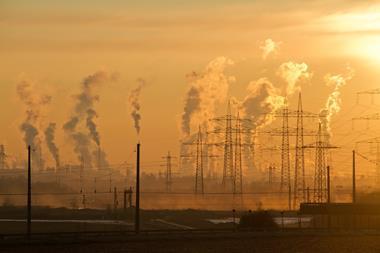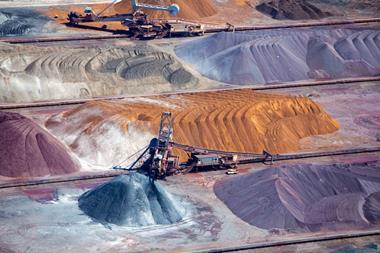GLOBAL - An energy efficiency working group is developing eligibility criteria for the certification of energy efficiency related bonds in order to enhance private investors' confidence in financing the low-carbon economy.
The group has been set up by the Climate Bonds Standard - a screening tool for investors and governments to support investment in delivering the low carbon economy - which in turn was developed by the Climate Bonds Initiative, includes representatives from the International Energy Agency, the European Bank of Reconstruction and Development (EBRD), the US Green Building Council, Low-Carbon Australia, the Office of the State Treasurer of California and others.
Sean Kidney, chair at the Climate Bonds Initiative, said: "For the moment there is only a modest market of bonds linked to energy efficiency but large-scale improvements in energy usage are essential for a transition to a low-carbon economy, both to quickly reduce emissions and to buy time while we transition to clean energy.
Kidney added that the market was likely to develop in the coming years, but at present many investors did not have the capacity to conduct the necessary due diligence on the climate and environmental issues.
He said the criteria would allow investors to outsource any relevant screening, providing "assurance about the environmental benefits" of each project.
The standard started off certifying wind energy related projects and is set to launch one related to solar energy certification in the near future. However, according to Kidney, energy efficiency is not only the biggest area but also the most complex and controversial area.
He told IPE: "Because it is closer to carbon, you have to draw a line about what qualifies and what does not as positive emissions reduction. The EBRD uses 20% cuts as their benchmark and that is the minimum so far. But some people are arguing for a higher benchmark.
"You also have to look at some characteristics to assure emissions reductions. In some types of investments there are concerns about so-called rebounds, where energy use goes up again after a couple of years. We require a proper measurement of energy savings and are looking for characteristics for ongoing monitoring of energy.
The initiative's chair added that they would "specifically" look to address how to generate deal flow in the near future.
According to Kirsten Spalding at the Ceres Investor Network for Climate Risk, investor interest in energy efficiency in buildings has been stymied by the absence of aggregation mechanisms for energy efficiency investment in residential and commercial buildings.
She added: "Second is the need to make bonds investment-grade for interested investors such as pension funds, and finally the need for models such as Property Assessed Clean Energy (PACE) to be used in the municipal and community space that can scale up adoption."
The energy efficiency working group held its first teleconference meeting last week, with criteria expected be made available by the end of the year.












No comments yet